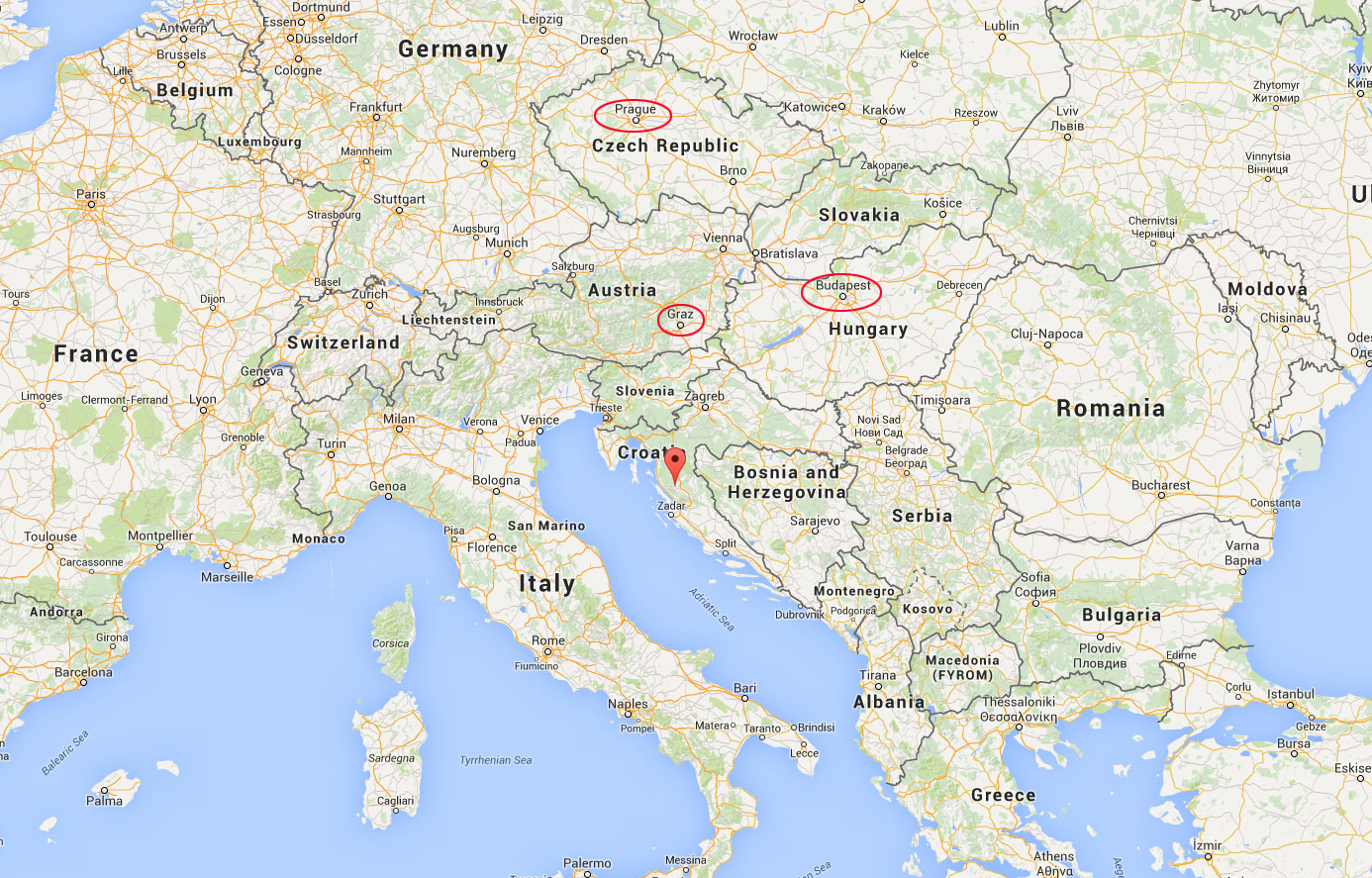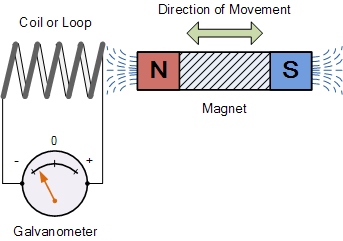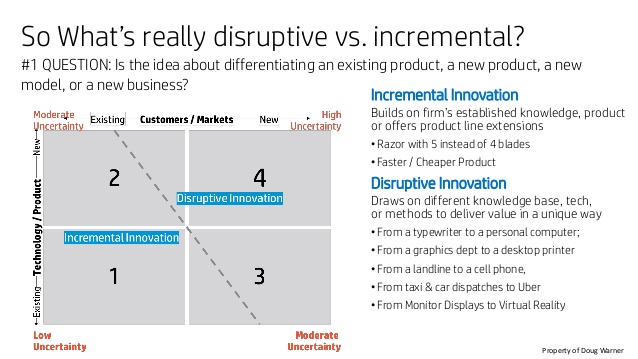2-7-18
Carson 1-2

 rural tinkering--farmers who made the
things they needed
rural tinkering--farmers who made the
things they needed
channel a powerful
imagination--thought experiments
childhood and youth interrupted by
illnesses both physical and mental
Tesla's thought experiments allowed him to imagine machines in
their ideal form
tension between the ideal and the practical
Carson attributes this to the Orthodox Christian emphasis on
Jesus as the word (or logos--order) of God, existing before his
incarnation
Tesla may not have been religious but his way of understanding
the world was shaped by growing up in the church
Tesla was able to go to study at the Joanneum Polytechnic School
in Graz, a university specializing in science and engineering
one of four in the Austrian Empire that gave engineering
degrees--learning engineering in school was a relatively new
idea
generating electricity:
relationship between electricity and magnetism--induction
 discovered by
Oersted in 1820
discovered by
Oersted in 1820- principles worked out by
Faraday in 1831
- to generate electricity you
move a conductor relative to a magnetic field
- a motor is on the same
principle, in effect running the generator backward
- in its simplest for, moving a
conductor in a magnetic field gives you an alternating
current, a commutator turns that into direct current like a
battery
Around 1876, Tesla's university acquired a Gramme
dynamo (generator), invented by Belgian inventor Zenobe Gramme
in 1871
Tesla imagined it would be so much more efficient if it could be
designed without a commutator
to do that you need a different generator and motor, both
running on alternating current
Tesla then makes a mess of his life for several
years before resuming study at the Karl-Ferdinand University in
Prague
when his family runs out of money to send him there he moves to
Budapest
works for a telegraph office and then decides to concentrate on
invention but falls into depression
walking in a park reciting Faust he has a flash
of insight to solve a problem with the motor design he had been
thinking about
he could use induced currents in the rotating part of his motor,
creating a rotating magnetic field
but this story may be a later elaboration (p. 52)
first level explanation:
- to generate an electric current you move a
wire (coil of wire) in a magnetic field
- most simply this creates an alternating
current
- the inventors of generators had to figure out
a way to turn alternating current into direct current, because
that was what people already knew how to use (from a battery)
- you need an extra system to do that, the commutator,
which is messy
- generators and motors operate on exactly the
same principles, so a DC motor is equally messy
- no one thinks that you can use alternating
current by itself
- until Tesla comes along and says we can make a
much simpler generator and motor by just using the alternating
current
Level two explanation
- in a motor, the alternating current pulls the
rotating part in a circle by switching back and forth
- Tesla has to imagine in his head how to make
that work
- he can change both the current and the magnet
because he is using an alectromagnet

objective vs. subjective rationality
incremental vs. disruptive innovation
 discovered by
Oersted in 1820
discovered by
Oersted in 1820
 rural tinkering--farmers who made the
things they needed
rural tinkering--farmers who made the
things they needed discovered by
Oersted in 1820
discovered by
Oersted in 1820